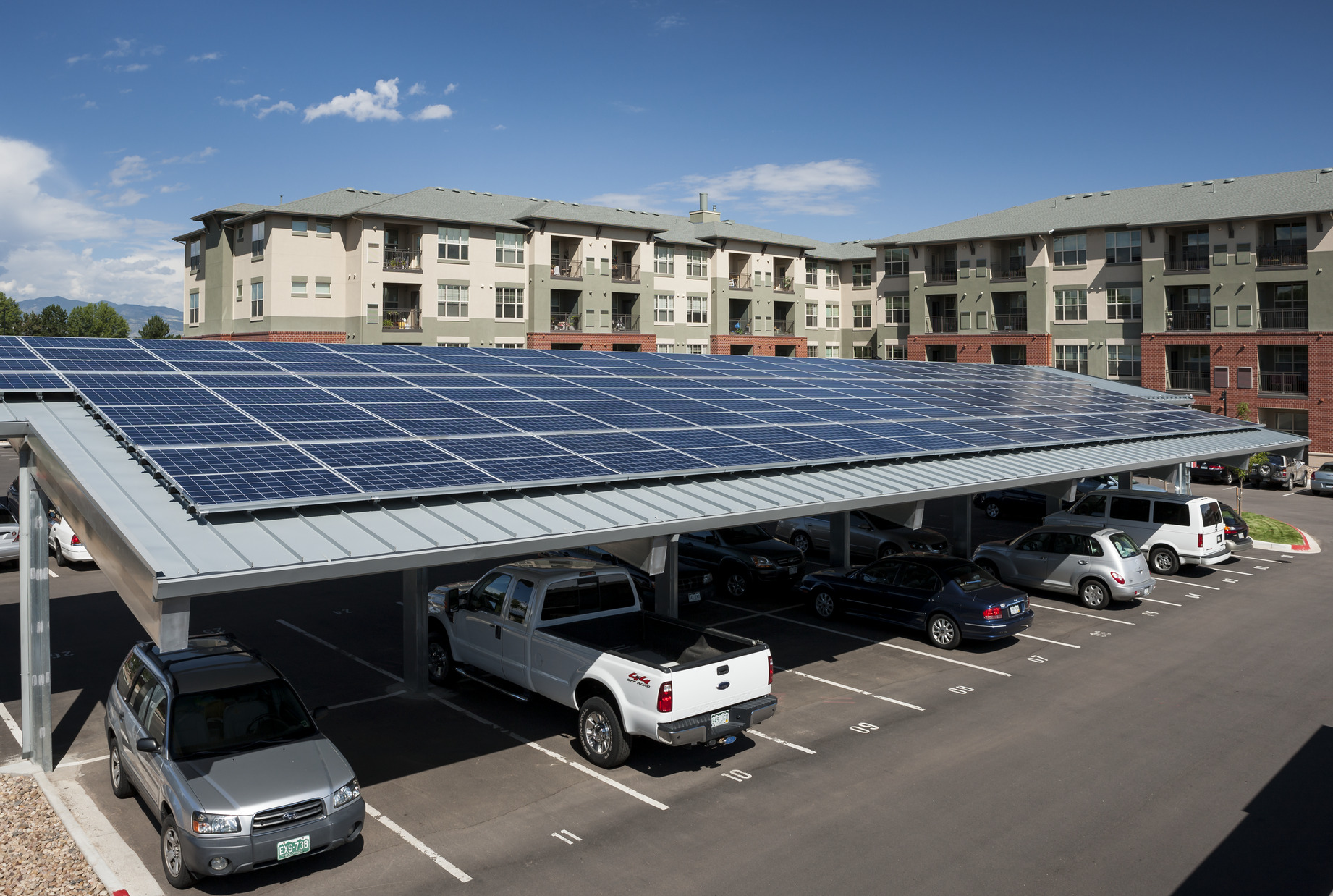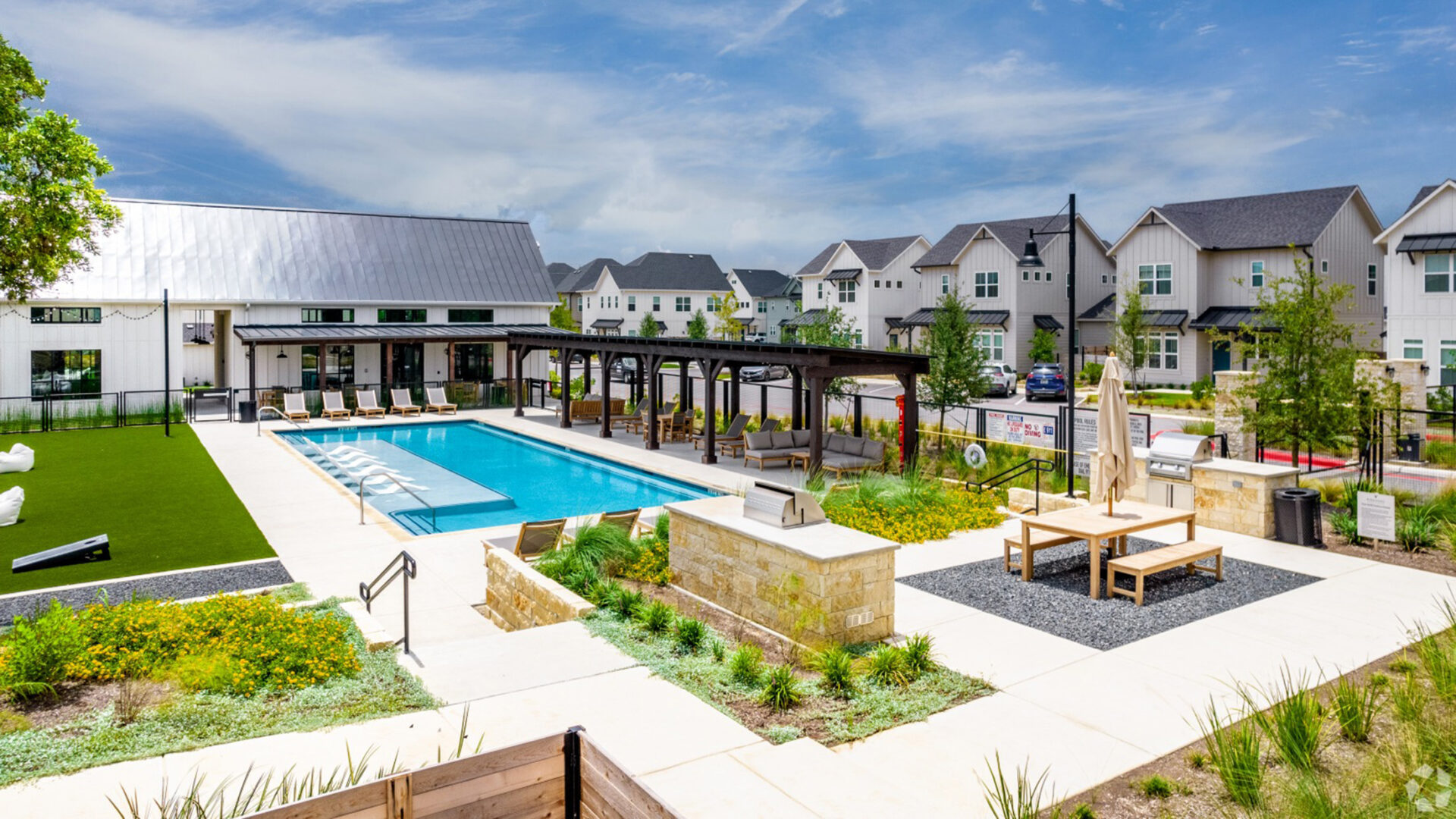Denver has announced its plan to reduce the city’s carbon footprint and reach net-zero energy in new construction by 2030. The office of Climate Action, Sustainability, and Resiliency (CASR) found that in 2019, 64% of Denver’s greenhouse gas emissions came from buildings and homes. To reduce these emissions and achieve net-zero, there’s a two-pronged approach that’s typically applied: reduce the building’s energy use as much as possible and offset remaining energy use with renewables. KEPHART is breaking down what this initiative means for the city and most importantly, how it impacts you and your projects.
What does net-zero mean to Denver?
Net-zero is defined as a new building or home that is highly energy-efficient, all electric, and is powered by renewable energy sources. As the city grows, it’s projected that about 40% of Denver’s new buildings will be built between 2020 and 2050, making it the ideal time to implement changes that will set us up for a cleaner future.
How will this plan be implemented?
The proposal will take affect through enhancements to Denver’s Building and Fire Code. The chart below outlines the city’s targets for efficiency, all-electric equipment, and renewable energy offsets by code cycle. What will be implemented as Denver’s ‘Green’ or stretch code in 2021 will then become the requirement in the 2024 code and likewise for the 2027, and 2030 codes.

What do the cost premiums look like?
The city of Denver has estimated that the actual cost premium for a net-zero building will be 8-12% higher than a traditional project. Reduced utility bills and infrastructure costs (like not needing a gas connection) can help offset those costs. By comparison, for LEED certified buildings, the premium for efficiency typically costs between 0-4% more than conventional buildings. The best way to ensure the costs do not derail the budget for a project is to incorporate net-zero energy as early in the design process as possible.
Developers can expect to pay more for building envelope items like increased insulation levels, better air sealing techniques, and higher performing windows and doors. As the envelope is improved, the size of building systems can be reduced, but it’s important that those systems are high-efficiency, which can also carry a cost premium. On-site renewable energy production carries additional costs. These costs can be offset by tax credits or financed through the C-Pace program, where the financing stays with the building if it’s sold.
How will this impact design?
In most cases, the design impacts will be minimal as many electric features can be seamlessly swapped out. For example, the shift from a gas-powered water heater to an electric water heater will not compromise the layout of a unit. KEPHART values thoughtful design and we are experts in maximizing your unit plans, as well as features like location and orientation to help your building take in as much natural light as possible to help self-regulate temperatures. Again, a major key to achieving a net zero project is an iterative design process from the start of the project.
As more information about Denver’s net zero initiative is shared, you can count on KEPHART to continue to be a resource and help you navigate through the changes. Please reach out to us at 303-832-4474 with any further questions.
*Data sourced from Denver Gov. NZE Plan/USGBC






